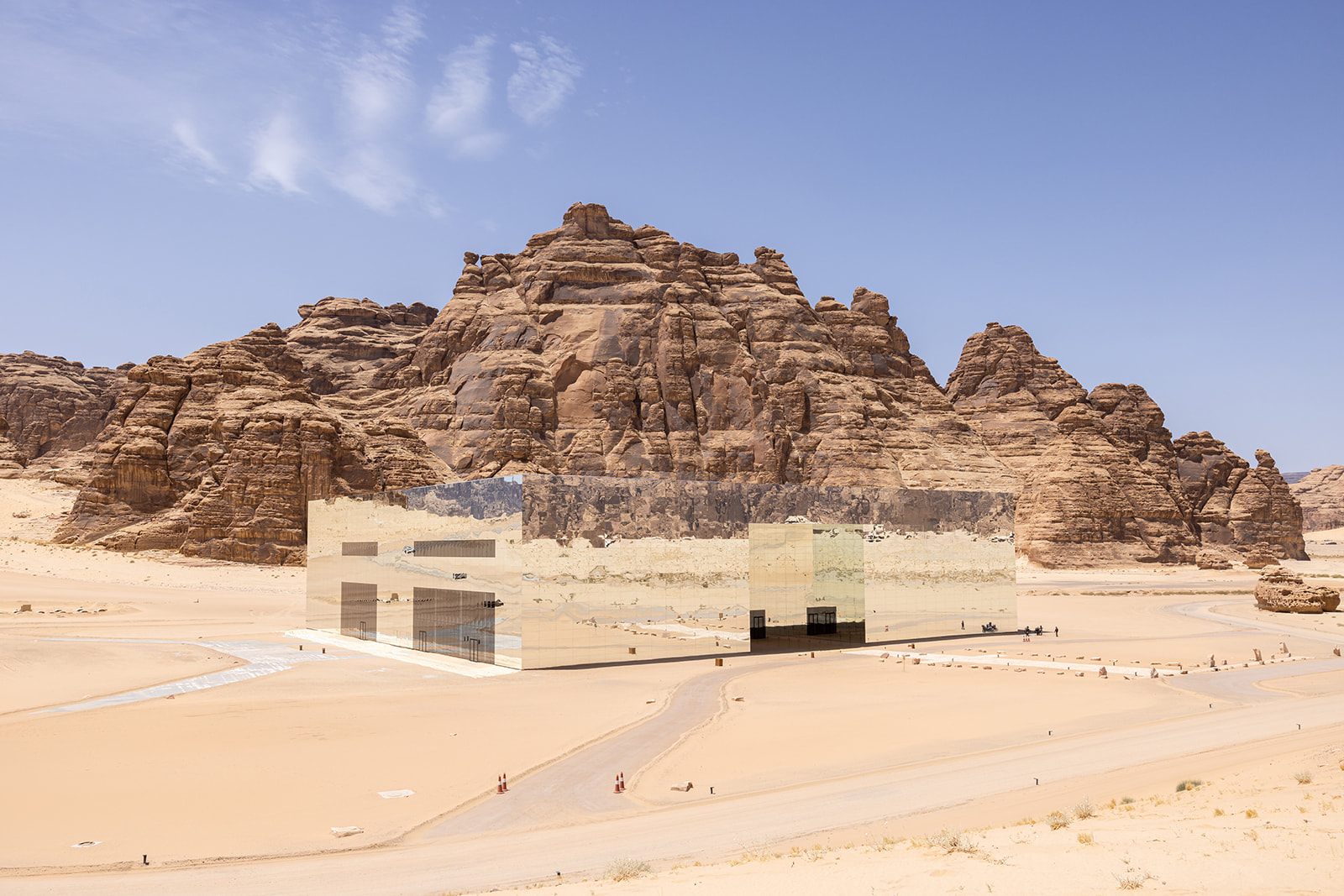PHOTOGRAPHER IN AL ULA, SAUDI ARABIA


[modula id=”3026″]
Al-Ula is a city in the northwest of Saudi Arabia, located in the Al Madinah province. It is about 620km northwest of the capital, Riyadh.
The history of Al-Ula in Saudi Arabia dates back to pre-Islamic times, and it was an important center of trade and culture in the region. The city was known for its rock carvings and inscriptions, which were made by the Lihyanite and Nabatean people. The Nabateans were an Arab tribe that controlled the trade routes in the area and established the city of Petra in Jordan.
In the 7th century, Al-Ula came under the control of the Islamic empire, and it became an important center of Islamic culture and learning. The city’s importance waned over the centuries, but it remained a significant site for pilgrimage and religious study.
In recent years, Saudi Arabia has been working to restore and preserve the historic sites in Al-Ula, and the city is now being developed as a tourist destination. The city’s ancient rock carvings and inscriptions have been designated as a UNESCO World Heritage site. A dream for a photographer in Al Ula.
The city is currently undergoing a development program called AlUla: A Destination of Heritage, Adventure and Sustainability; which aims to preserve the historic sites and to attract more tourists to the area.
Photographer in Al Ula
